According to the provisions of Clause 1, Article 9, Chapter II of the 2008 Road Traffic Law (Law No. 23/2008/QH12, dated November 13, 2008), traffic participants must drive on the right side of the road in the direction of travel, in the correct lane and on the prescribed road section, and must comply with the road signal system.
In addition, Clauses 1, 2 and 3, Article 10, Chapter II of the 2008 Road Traffic Law also clearly states that the road signaling system includes traffic controllers' commands; traffic lights, signs, road markings, markers or protective walls, and barriers.
In which, traffic light signals have three colors, regulated as follows: Green signal means go; Red signal means no go; Yellow signal means must stop before the stop line, except in case of going past the stop line, then you can continue going; in case of flashing yellow signal, you can go but must reduce speed, pay attention, and give way to pedestrians crossing the street.
Thus, when the traffic light turns red, vehicles will be prohibited from moving.
QCVN 41:2019/BGTVT dated December 31, 2019 of the Ministry of Transport stipulates that a red signal must stop before the stop line. If there is no stop line, the vehicle must stop before the traffic light in the direction of travel. If there is no stop line, the nearest traffic light position in the direction of travel is considered the stop line.
However, in some special cases, drivers are still allowed to continue driving even when encountering a red light, specifically:
When there is a command from the traffic controller
According to Clause 2, Article 11 of the 2008 Road Traffic Law and Clause 4.1, Article 4 of QCVN 41:2019/BGTVT issued with Circular 54/2019/TT-BGTVT, traffic participants must obey the commands of traffic controllers if the signal forms have different meanings in the same area in the following order:
- Traffic controller's command.
- Traffic light signals.
- Signal of traffic sign.
- Commands of road markings and other signs on the road surface.
According to the rules, when you encounter a red light, you must stop and wait until the light turns green before you can continue. However, if the traffic police instruct you to go straight when the light is red, you must obey their instructions.
Priority vehicles on duty
According to Article 22 Chapter II of the 2008 Road Traffic Law, priority vehicles on duty will not be restricted in speed and are allowed to continue moving even when there is a red light. Priority vehicles include: Fire trucks on duty; Military vehicles, police vehicles on emergency duty, convoys with police escort; Ambulances on emergency duty; Dike protection vehicles, vehicles on duty to deal with natural disasters, epidemics or vehicles on duty in emergency situations as prescribed by law.
Has a grid-like line
According to QCVN 41:2019/BGTVT, the yellow grid-shaped line, consisting of interwoven lines, is arranged in the innermost lane of the road. This line is used to notify drivers not to stop their vehicles within the road surface area where the line is arranged to avoid traffic congestion. In this line area, vehicles are not allowed to stop and must continue moving.
There are traffic lights and signs allowing continued movement.
When there is a traffic light or sign allowing, traffic participants are allowed to turn or go straight even if there is a red light:
- Priority traffic lights installed with regular traffic lights turn green, vehicles can turn left or right in the direction of the arrow.
- There is a sign placed under the traffic light pole allowing vehicles to turn left, turn right or go straight when the light is red. However, they must give way to vehicles coming from other directions that are allowed to go and pedestrians crossing the street.
Running a red light in some special situations
Article 11 of the Law on Handling of Administrative Violations 2012 clearly stipulates that people who commit administrative violations in the following cases will not be punished:
- Committing an administrative violation in an emergency.
- Committing an administrative violation due to legitimate defense.
- Committing an administrative violation due to an unexpected event.
- Committing an administrative violation due to force majeure.
- The person committing the administrative violation does not have administrative responsibility capacity; the person committing the administrative violation is not old enough to be administratively sanctioned according to regulations.
If the red light is run due to the above reasons, the violator will not be administratively punished by the traffic police.
Minh Hoa (t/h)
Source






![[Photo] Prime Minister Pham Minh Chinh chairs the Government's online conference with localities](https://vphoto.vietnam.vn/thumb/1200x675/vietnam/resource/IMAGE/2025/10/5/264793cfb4404c63a701d235ff43e1bd)
![[Photo] Prime Minister Pham Minh Chinh launched a peak emulation campaign to achieve achievements in celebration of the 14th National Party Congress](https://vphoto.vietnam.vn/thumb/1200x675/vietnam/resource/IMAGE/2025/10/5/8869ec5cdbc740f58fbf2ae73f065076)
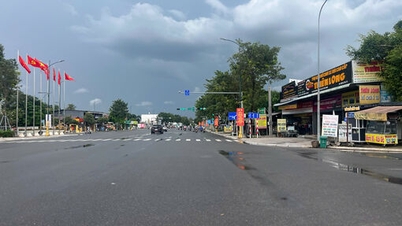









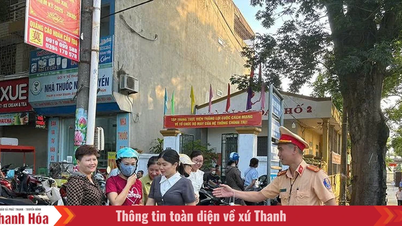

















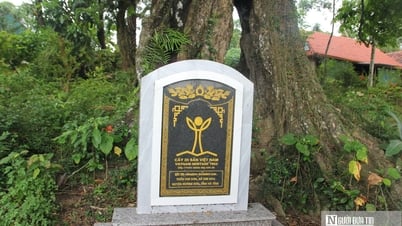


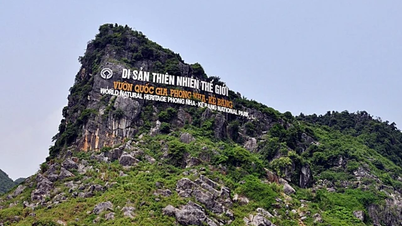























![[VIDEO] Summary of Petrovietnam's 50th Anniversary Ceremony](https://vphoto.vietnam.vn/thumb/402x226/vietnam/resource/IMAGE/2025/10/4/abe133bdb8114793a16d4fe3e5bd0f12)

![[VIDEO] GENERAL SECRETARY TO LAM AWARDS PETROVIETNAM 8 GOLDEN WORDS: "PIONEER - EXCELLENT - SUSTAINABLE - GLOBAL"](https://vphoto.vietnam.vn/thumb/402x226/vietnam/resource/IMAGE/2025/7/23/c2fdb48863e846cfa9fb8e6ea9cf44e7)















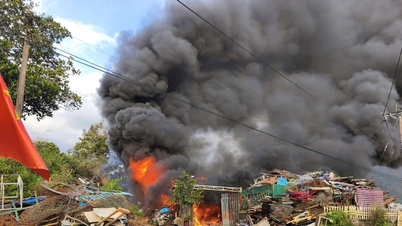



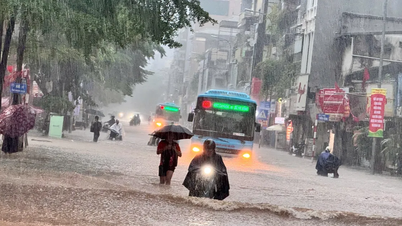















Comment (0)